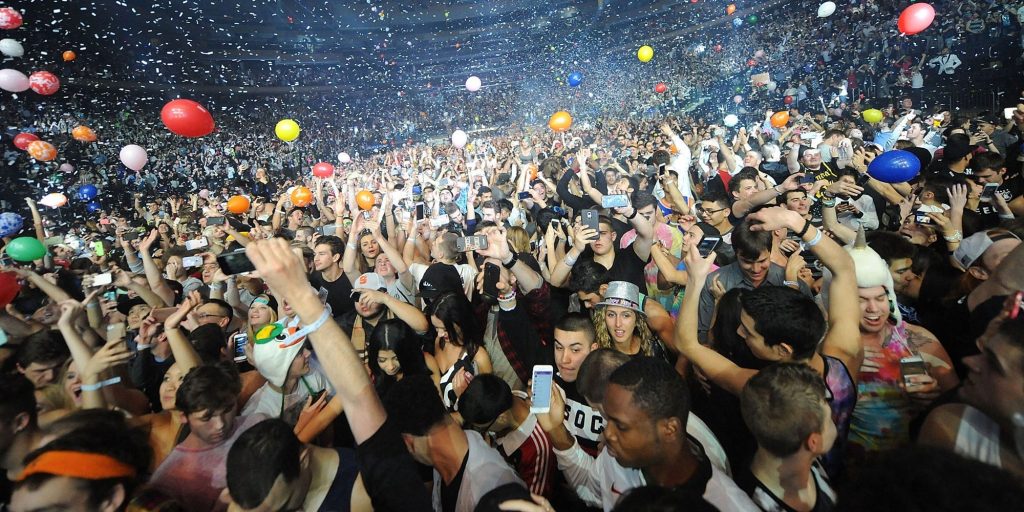- The "vibecession" of dismal economic moods is already reversing course.
- The University of Michigan's sentiment gauge rose to a three-month high in early August.
- Gas prices played a major role in tanking sentiment earlier this year, but pump costs have tumbled recently.
The bad economic moods that have intensified recession fears are suddenly fading away.
The economic situation is an incredibly unusual one. On one hand, July saw job growth double forecasts, unemployment slide to its pre-pandemic low, and inflation slow significantly. On the other, weak GDP data and tumbling real wages have Americans feeling dismal about the recovery's progress. The split between strong economic data and household sentiments is so wide that some economists have deemed it a "vibecession," as consumers and workers remain miserable despite a mostly strong economic backdrop.
Yet the phenomenon seems to be ending mere weeks after it began. The University of Michigan's Consumer Sentiment Index rose to 55.1 from 51.5 in a preliminary August reading, according to data out Friday. The print marks a three-month high for the index and is the biggest one-month jump since April. Confidence shot up more than economists surveyed by Bloomberg expected; they projected the measure to hit 52.5.
To be sure, consumer sentiment has a long way to go before it returns to pre-crisis highs. The uptick was also entirely powered by forward-looking optimism, as the university's measure of current economic conditions weakened further in August. In other words, Americans aren't feeling great right now, but they're increasingly hopeful that the economy will turn a corner.
Several factors contributed to households' sunnier dispositions. Respondents' economic outlooks for the next year jumped above their average reading from the second quarter, Joanne Hsu, director of the university's Surveys of Consumers, said in the report. The year-ahead expected inflation rate fell to 5% from 5.2%, the lowest anticipated rate since February.
Households surveyed by the Federal Reserve Bank of New York were similarly optimistic. The median one-year expected inflation rate dropped to 6.2% from 6.8% in July, according to the Fed survey. The median three-year rate, meanwhile, fell to 3.2% from 3.6%, the lowest since April 2021.
Plummeting gas prices helped pull inflation expectations from recent highs. The national average price for a gallon of gasoline fell to $3.96 on Monday according to AAA, down from the mid-June record of $5.02. The average has now fallen for 61 days straight. That streak played a major role in slowing headline inflation in July, as skyrocketing prices at the pump helped boost price growth to 40-year highs throughout the spring.
Gas prices are perhaps the single most influential factor powering the "vibecession," Brett Ryan, a senior US economist at Deutsche Bank, told Insider. Gasoline is one of a handful of products that Americans buy on a regular basis, and because filling a tank involves buying several gallons of fuel, small changes to the per-gallon price can make a big difference for cash-strapped households.
"Not everybody buys clothes every month. What they notice is, 'Wow, it just cost me double to fill the gas tank in my car relative to two months ago,'" Ryan said.
Several other inflation drivers are turning over. Prices for used cars and trucks — a major source of inflation in 2021 — fell 0.4% in July, according to the Consumer Price Index, reversing from the prior month's 1.6% gain. Transportation service costs slid 0.5% last month, mostly due to a 7.8% drop in airline fares.
A lower inflation print likely won't mean much on its own for Americans, but its impact will most certainly be felt. After several months of once-in-a-generation inflation, prices are rising at a much slower pace and even declining in other parts of the economy. The surging costs that fueled the "vibecession" are ebbing, and Americans' economic moods are on the up and up.
